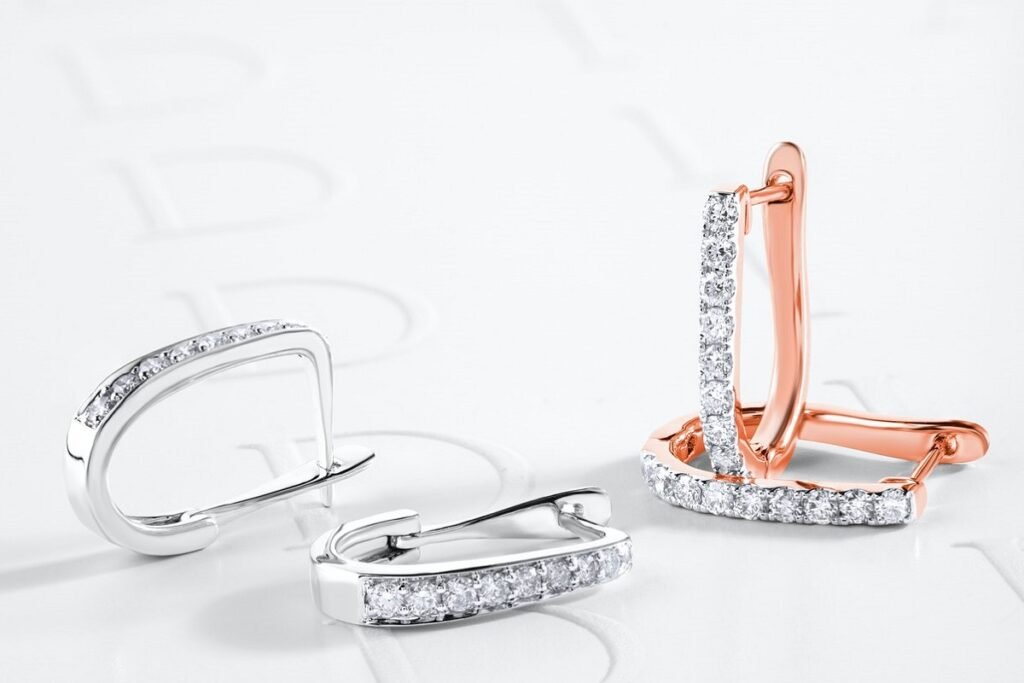In a time of preloved and upcycled, it seems that one can find good and new use for almost anything. Yes, including diamonds and fine jewelry. More and more consumers have started to realize that resources are finite.
As much as producers and brands may want to bring in new items and products into the world, the well of resources only runs so deep. Before the well runs dry, many ethical producers, especially in the jewelry industry, have started to recognize different means of continuing to create without taking more from the Earth.
This is where recycled diamonds come in. The term itself already suggests that, beyond just merely mining for more, making use of what’s already there opens new opportunities. Hence, a lot of jewelry enthusiasts have also started expressing their interest in the field. Because after all, the craft and beauty of fine jewelry also belies the creativity of its makers.
All About Recycled Diamonds
When talking about recycled diamonds, a lot of questions may come to mind. What exactly does the process involve? How do you even recycle something with such a steep price tag? Will that affect the overall ownership of the diamond?
At the end of the day, it’s crucial to first understand and ask, how does the idea of recycling diamonds look like?
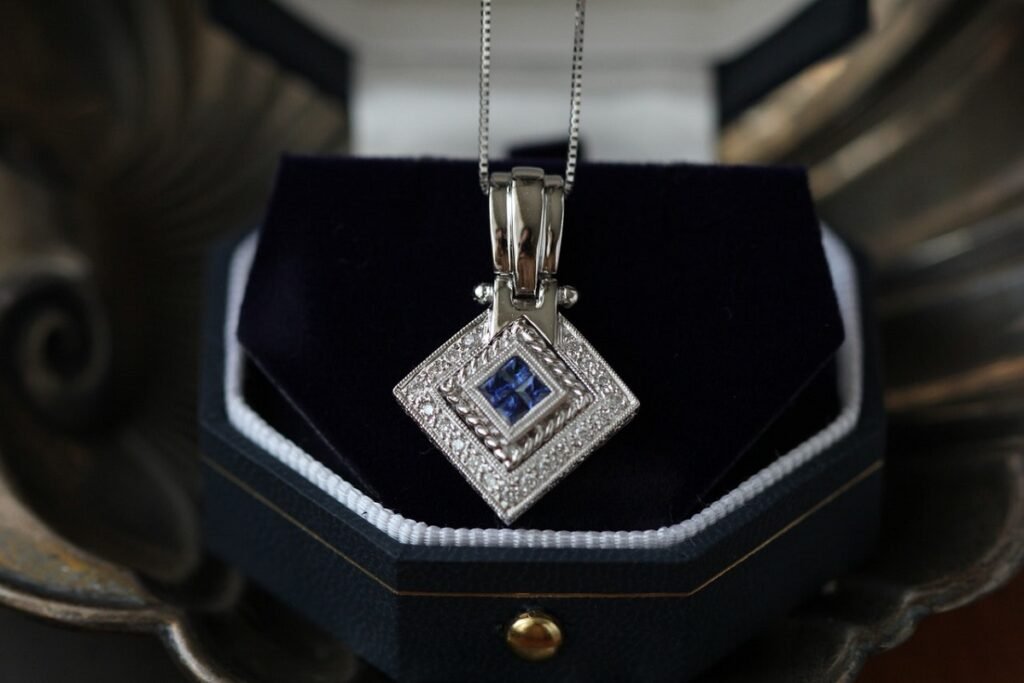
What Does Recycled Diamonds Mean?
Recycled diamonds can come in many ways and forms. For starters, a recycled diamond is just one way of being sustainable when it comes to fine jewelry. Recycled diamonds pertain to batches of diamonds that may come from used or preloved jewelry. These diamonds are harvested and then recut or repurposed into another form of jewelry.
Some jewelry makers may refer to them as reclaimed diamonds. Since they can come from various sources, these diamonds can be a great wellspring of creative projects. Reclaimed diamonds can come from heirloom pieces that feature old but notable cuts, like the rose cut or the Old European cut diamonds.
During recycling, jewelers re-cut or re-polish diamonds. They may discard other parts from old jewelry, or melt down the metal to create other setting designs. This results in a very unique piece that has its own signature along with its new life.
What Percentage of Diamonds are Recycled?
The business and practice of recycling diamonds may be considered fairly new. Yet it’s not unusual to find re-cutting plants in various parts of the world, including Asia, where there’s a demand for new sources of diamonds to combat the soaring prices of rough gemstones.
Jewelry experts estimate the diamond recycling industry to comprise roughly 5% of the total number of diamonds all over the world. In these parts of the world, it’s clear that opting for repurposed diamonds has its fair share of advantages. With collected recycled diamonds already polished or cut in a way that may only need a new setting, the effort to create new fine jewelry becomes minimal.
Not only that, re-cutting diamonds can be less tedious and costly compared to mining for fresh diamonds. So the recycling industry of diamonds may continue to grow as more patrons cater to its output.
Are Recycled Diamonds Good?
Despite the room for growth, it’s not surprising for some jewelry enthusiasts to wonder if recycled diamonds are worth their price. Even with a lower price point for some distributors, some may have a hard time reconciling the idea of having used diamonds as the starting point of their jewelry piece.
Yet there is one scene where recycled diamonds seem to shine. Many jewelry collectors and owners look for something new to add to their jewelry boxes (like the one in this Wooden Jewelry Boxe review). While modern diamonds offer a lot in terms of shape, color, and even the setting, it’s hard to deny that the appeal of retro fine jewelry continues to grow exponentially.
Are Recycled Diamonds Cheaper?
Perhaps the biggest advantage of recycled diamonds is that they come at a cheaper price. Typically, these diamonds come in a pre-made jewelry piece, and some may feel more outdated. Because jewelry styles evolve with the times, some pieces may seem more antique than others.
That does not mean that the value of the diamonds go down. In fact, there are many ways to repurpose them, the most common of which is through re-cutting and re-setting the stone. According to the Diamond Dealers Club New York, Asia has become one of the prime hotspots for securing diamonds for repurposing. Several factories exist in different countries that provide the re-cutting service to recycle old diamond jewelry pieces.
Many jewelry experts believe that this is actually very beneficial to the new owner. Many recycled diamonds are already polished to an extent. Unless the new owner is looking for an entirely different cut, it’s more likely that they just need to change or even strengthen the integrity of the setting. In some cases, the latter applies better, because older and more antique settings make for a unique look compared to modern jewelry today.
Are Recycled Diamonds Ethical?
Jewelry enthusiasts who also appreciate the history of where their diamonds come from may also benefit from recycled diamonds. Essentially, recycled jewelry introduces a new piece without taking away from the environment. It even saves the energy that would otherwise be used for creating or growing diamonds in a laboratory.
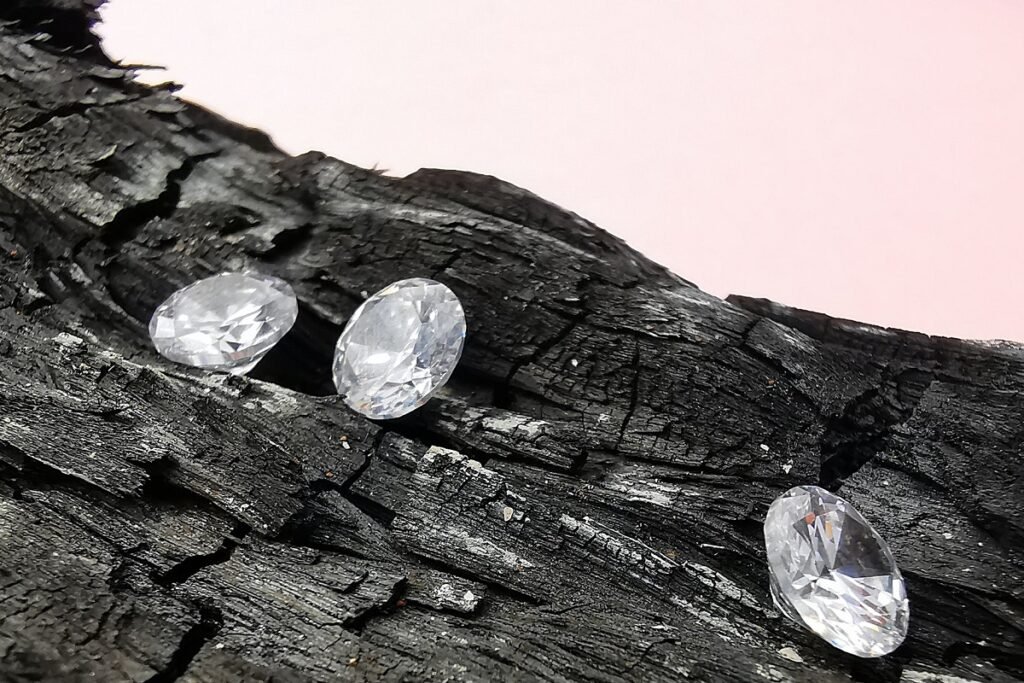
That’s why a lot of jewelry collectors explore the option of recycled diamonds. It’s a socially-conscious way of adding to your jewelry box without adding to the guilt. There’s close to no impact on the environment, and you even get to wear a diamond piece that is, otherwise, forgotten or even left in storage.
In a way, one can even say that recycling diamonds is a sustainable way to keep enjoying diamonds. Just because it is not newly mined does not mean it takes away from the overall value of the stone.
Sustainable Diamonds: Other Ways To Be Sustainable in Jewelry
Recycled diamonds make up just one aspect of more sustainable and ethical jewelry. Apart from this, ethical jewelry collectors may also want to familiarize themselves with these two types of diamonds.
Lab-grown diamonds
Synthetic or lab-grown diamonds may get a bad rep because some people assume that man-made means “fake” diamonds. Just because they are created in a lab doesn’t mean they do not undergo the same process of strengthening their internal integrity.
Diamonds that come out of labs have the same chemical makeup as mined diamonds. Moissanite belongs to this category of diamonds. It may even be hard to tell the difference between a moissanite and a diamond for those with untrained eyes.
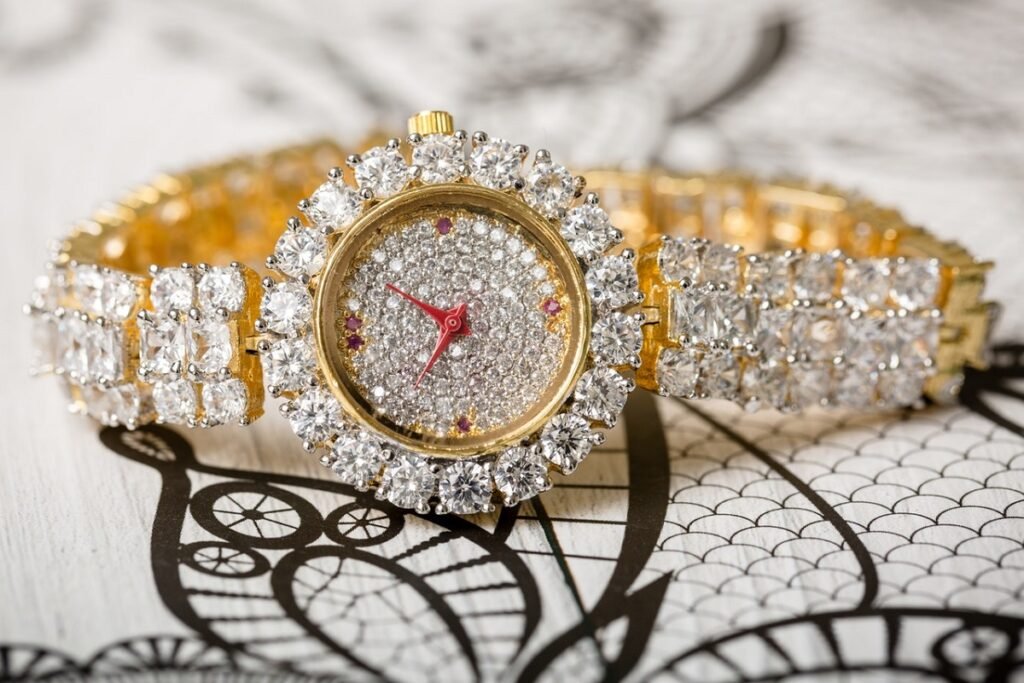
Carbon-negative diamonds
A new breed of diamonds has broken through the scene. The name alone, carbon-negative diamonds, seem to be an oxymoron, considering how diamonds are supposedly made of carbon.
As a response to the often questioned sustainability factor of lab-grown diamonds, companies have started looking into technology that can create diamonds without adding to the carbon footprint of production. Technology involved in carbon-negative diamonds essentially aim to create diamonds from air—in fact, there have been discoveries of possibly using pollution to create diamonds.
For now, carbon-negative diamonds may be considered novel for mainstream consumption. But as the future of the diamond industry grows, these may be the next diamonds worth looking at.
Ups and Downs of Buying Recycled Diamonds
If you’re still on the fence about buying diamonds, you may want to explore the typical reasons why some people do not always patronize them. However, as you will see, there are more sensible and important reasons for supporting this way of jewelry making and wearing.
Up: Environment-friendly for the most part
As mentioned, recycled diamonds means you no longer have to touch any part of Mother Nature to get your bling. Repurposed diamonds can be sourced from different places. It can come from pawnshops that feature rare cuts or unique settings. Some wholesaler buyers may get it from antique stores.
They can even come from the oddest places—those that sell old family jewelry by the bulk. You don’t need to mine for new diamonds to get new cuts. And as long as your chosen jeweler has the right qualifications and capabilities, they can recertify these gemstones so you know you’re buying the right diamonds.
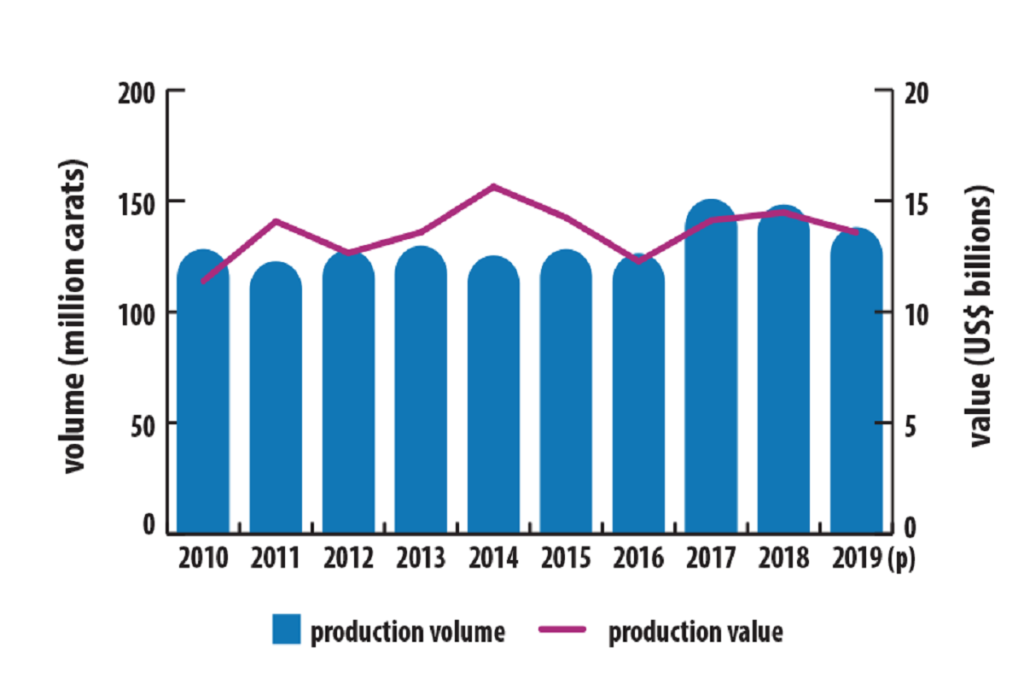
Down: Certification may be tricky?
When choosing recycled diamonds for sale, it’s best to stick with the 4Cs of buying diamonds: clarity, color, carat, and cut. It’s pretty much the same as buying any other diamond. You want to get the best quality, so you want to be discerning of what you purchase.
Some buyers rely on the certification of diamonds, but sadly, not all pawned or second-owned diamonds may have this. It might be a good idea to have it certified yourself. You can also go to a trusted jewelry wholesaler and check out their collection of secondhand diamonds and jewelry. Some of them tend to repurpose these jewelry by re-cutting or resetting them, and then having them re-certified for reselling.
Up: Fewer instances of exploitation in relevant communities
Mining always brings with it repercussions. It can have repercussions with the community where the mining occurs. In some cases, the actual workers may be the ones who experience exploitation. With upcycled and recycled diamonds, you don’t have to disturb the environment or the communities near mining sites.
Down: Possible effect on cost and demand?
If you consider diamonds as investments, you may be wondering how the presence of recycled diamonds can influence the market. That’s because some assume that reclaimed diamonds recycled into new jewelry means fine jewelry now becomes more accessible. This seems to take away the exclusive and premium feel of diamonds in general.
However, in reality, recycled diamonds already exist prior to their being recycled. They are already out in the world and considered part of the market stock. Instead of adding to the number of diamonds available—which actually adds to the supply—it’s merely adding new options and styles of jewelry into the mix.
Up: Repurposing old jewelry for better use
Age doesn’t always have to be a negative factor when assessing diamonds. Jewelry collectors value heirloom jewelry because of their meaning and their unique beauty.
If you have ever considered any of your old diamond jewelry and wondered, “How else can I wear this jewelry?” then you may consider repurposing it for another look. Repurposed jewelry, such as recycled diamond earrings (not unlike the one in this Aurate New York review), are a way to lessen the impact of mining in the world. At the same time, as the owner, it’s also a way for you to find a way to wear old diamonds in your jewelry box.
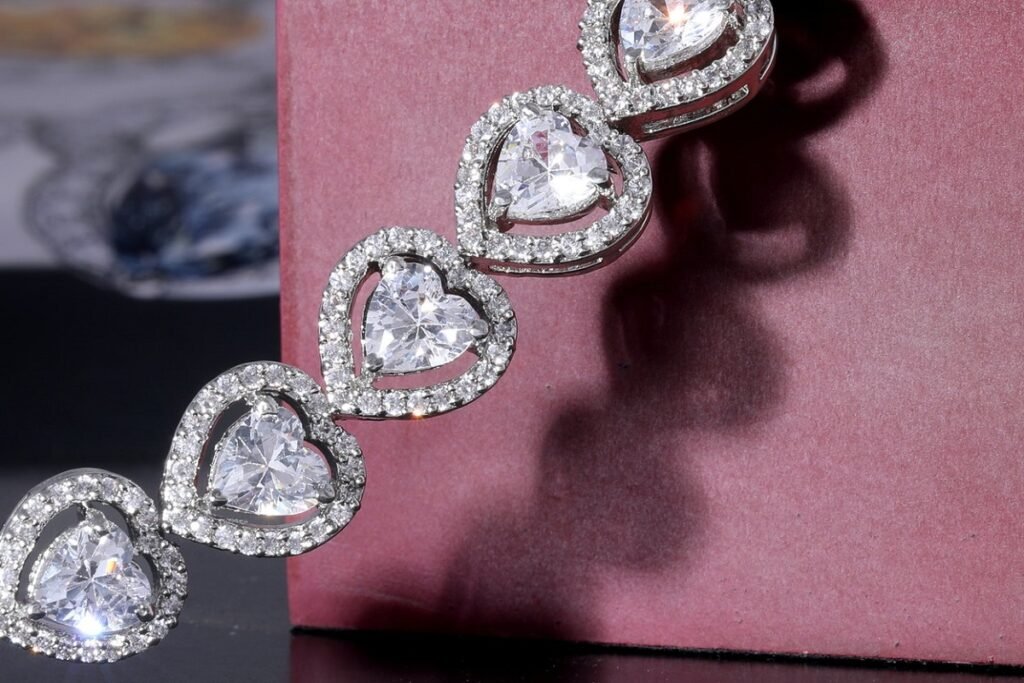
Curious to get your own ethically sourced diamonds? Read more about lab-grown diamonds in “All You Need to Know About Lab-Grown Diamond Prices and Value.” This may be your first step towards more sustainable practices in jewelry.

